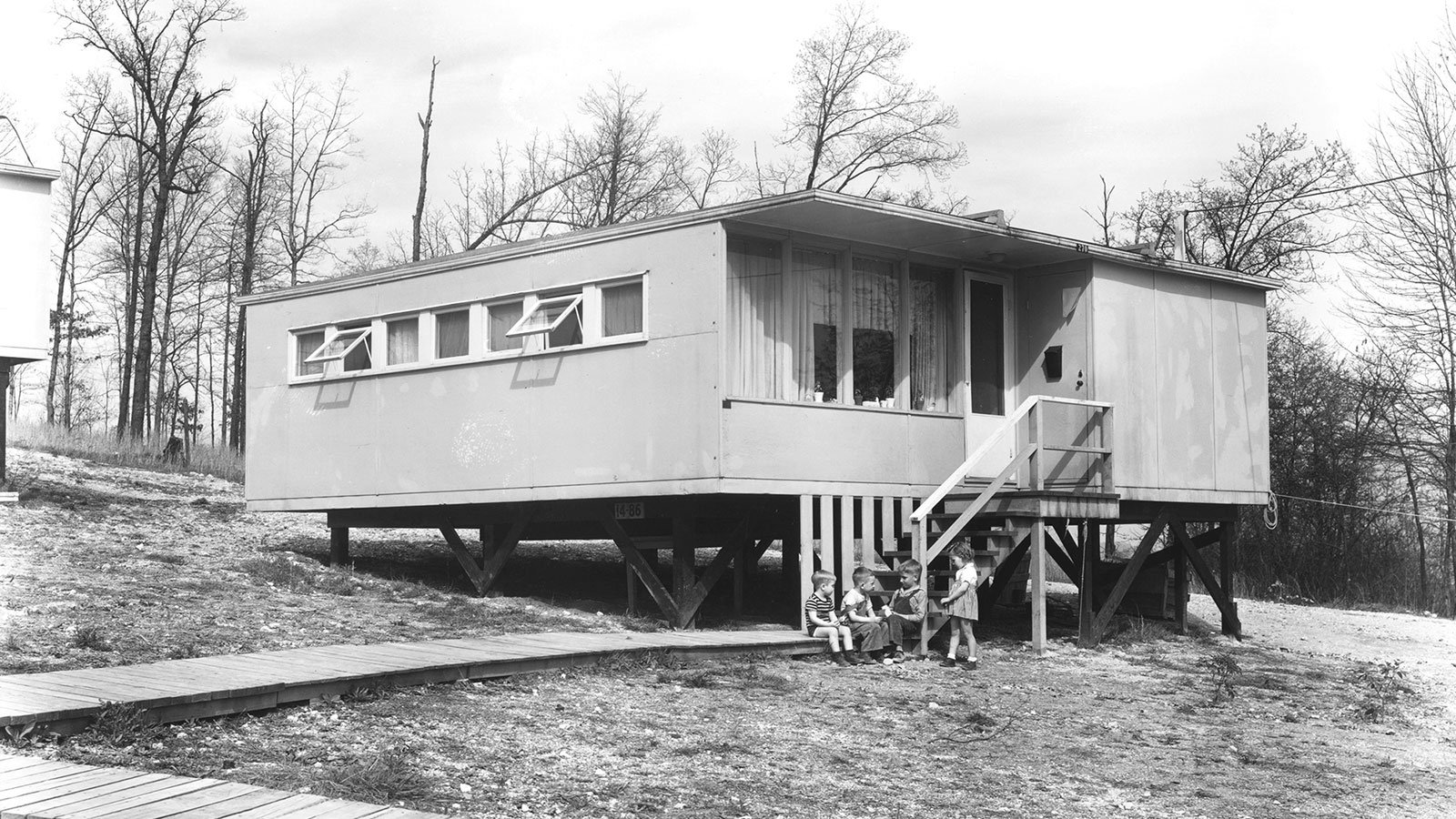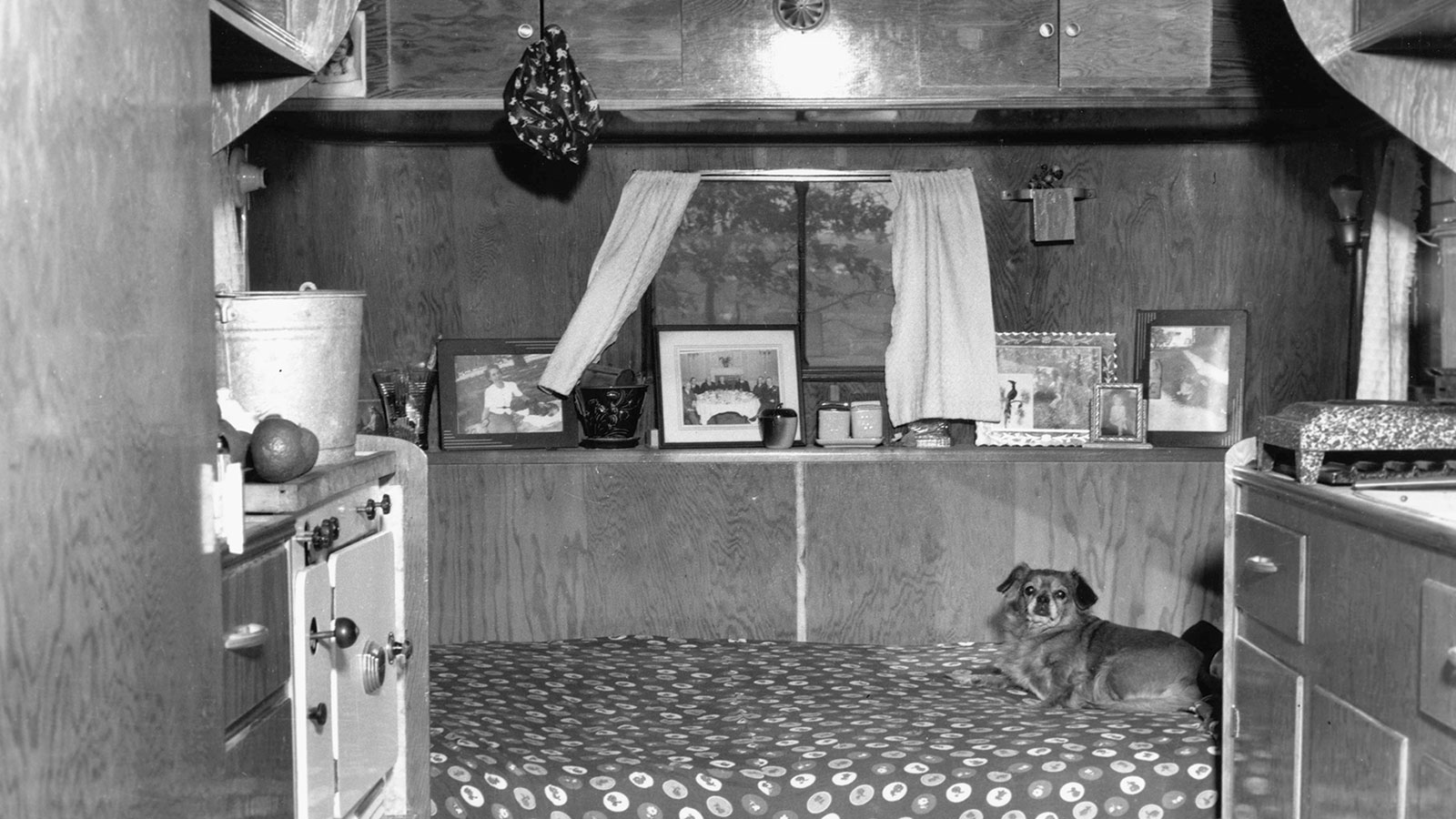Oak Ridge, Tennessee
Oak Ridge, Tennessee
How do you build a city of 75,000 people from scratch - and then keep it a secret?
It helps to have a good fence. During World War II, before the area was officially called Oak Ridge, the town's name was "Clinton Engineer Works," or "CEW." It sat on 60,000 fenced acres, with armed guards manning all entrances.
Why was it there? "CEW" was a U.S. Army "secret city" - and the place where much of the nuclear material for the Manhattan Project was created. Workers were sworn to secrecy, and most had little idea of what the work they were doing meant.
The city was initially projected to have 13,000 occupants. The architecture and planning firm of Skidmore, Owings & Merrill was chosen to design the buildings and lay out the city. Architect John Merrill proposed curving streets that followed the topography of the site, saving the Army money on grading in the process.
Merrill worked with the John B. Pierce Foundation on the first round of housing to go up in Oak Ridge. Roughly 3,000 "alphabet" houses (in models A, B, C, D, and F) were assembled quickly from prefabricated panels. These "cemesto" panels, named for their cement and asbestos outer layers, were used experimentally throughout the 1940s for their light weight and superior insulating qualities (and were used on such projects as the Eames House) - and then just as quickly lost favor as new materials were developed.
By 1945, a town that had been planned to hold 13,000 people had a population of 75,000. The original dormitories, apartments, and houses were joined by thousands of trailers, plywood huts, and other forms of temporary housing. There were three commercial centers with 165 retail outlets, ten schools, an assortment of churches, a community center, and a swimming pool.
Within three years of its construction, "CEW" was the fifth largest city in Tennessee. In 1949, the resident-chosen new name of Oak Ridge became official.













